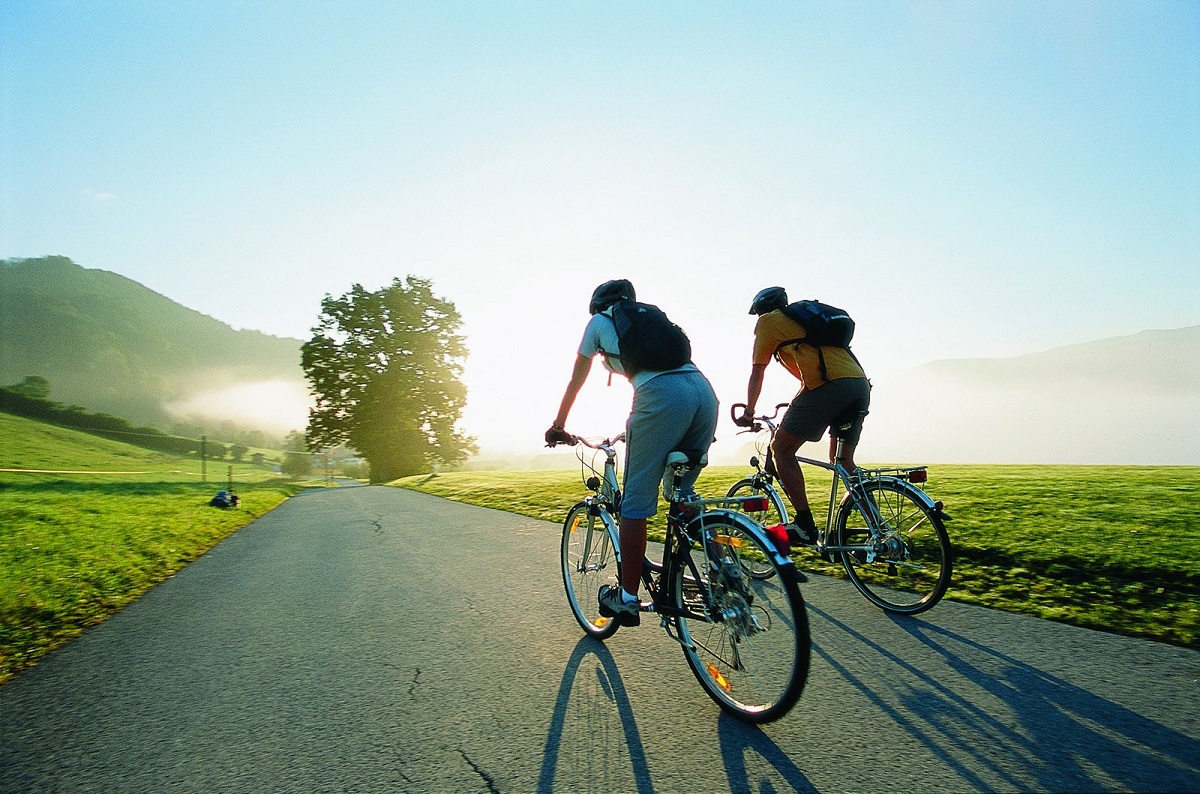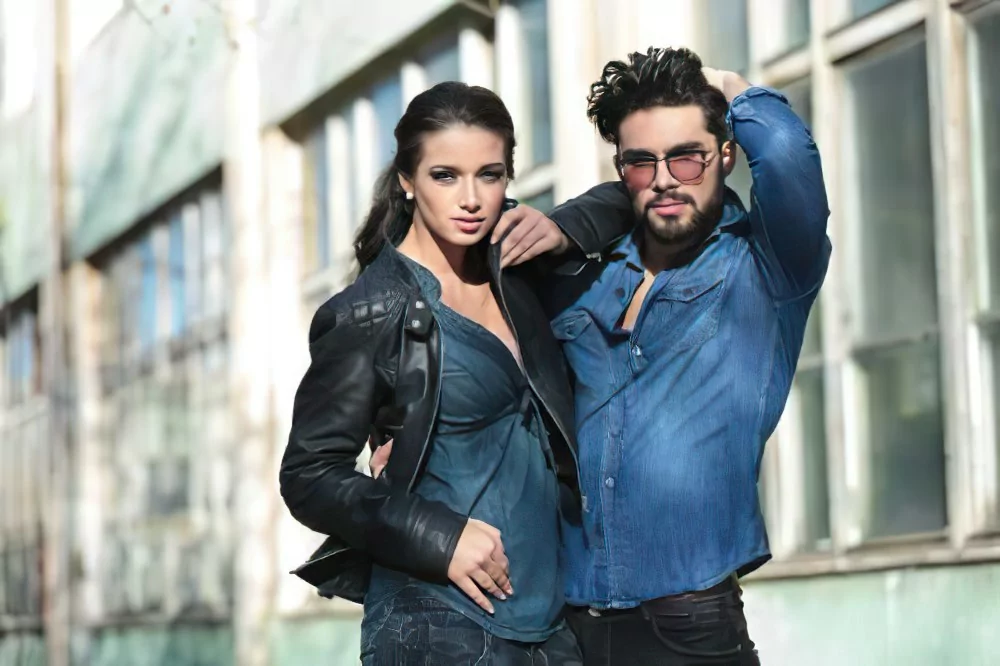Long distance cycling can be an amazing, rewarding experience. The challenge of physical endurance on varied and sometimes difficult routes has attracted athletes and neophytes alike to long distance cycling. But without being properly equipped and being aware of basic safety procedures, cycling long distances can turn from delight to disaster in a heartbeat.
The Bike
For cycling, the most important piece of equipment is the bicycle. Choosing a bike is a critical decision for any cyclist, but it is especially important when planning long distance treks. Seeking professional assistance in choosing the proper bike for the expected terrain can decrease frustration and uncertainty.
Cyclists should also have a professional adjust or fit the bike to their specific body measurements. For long distance cycling, it’s essential to get regular inspections and maintenance done on the bicycle, especially the brakes.
Equipment
Helmet—the most important piece of safety equipment
Water bottle—cyclists need to stay hydrated with both water and energy or sports drinks to replace crucial electrolytes and nutrients
Pump & repair kit—in case of tire blowouts or other malfunctions, cyclists need to have this equipment handy and know how to use it
Set of lights & reflectors—even during the day, lights and reflectors make the ride safer
Panniers or racks—cycling bags or racks to carry equipment and other items are essential
Speedometer—this can help a cyclist to stay within optimal speed for a sustained workout
Heart rate monitor—cyclists need to keep to an aerobic or sustainable pace for a proper workout, which is 70 – 80% of their maximum heart rate minus their age
Clip-in pedals—the most efficient way to peddle is to use the upstroke as well as the down-stroke, which can be accomplished with pedals that lock into cycling shoes
Gel saddle—for those who find the average seat too hard, a gel saddle can make the ride more comfortable
Attire
The long distance cyclist’s clothing becomes a critical part of the journey. Cyclists should wear practical, comfortable, close-fitting clothes that are thin to reduce heat buildup. The cyclist’s attire should also be made of material that will wick moisture away from the skin. Padded gloves and shorts can make the ride more comfortable.
Safety
Cyclists often have to share their routes with other vehicles and knowing the basic rules of safety is essential. Cyclists should try to ride in daylight, always follow traffic laws, yield right-of-way, wear bright colors & reflectors, and wear helmets at all times.
Cyclists should also watch for opening car doors, for passing cars that can sideswipe, and for unaware drivers at intersections. Being alert to their surroundings will keep cyclists safe and make their cycling a rewarding experience.







